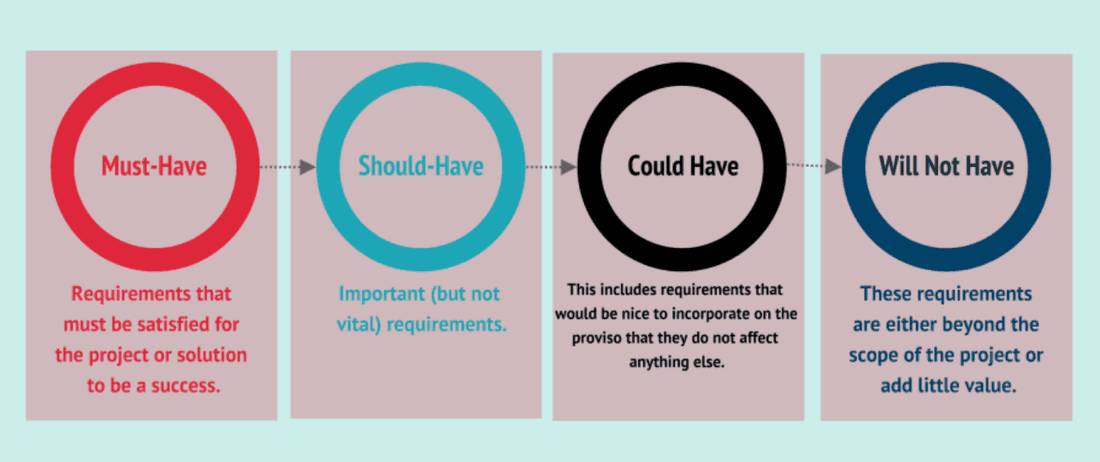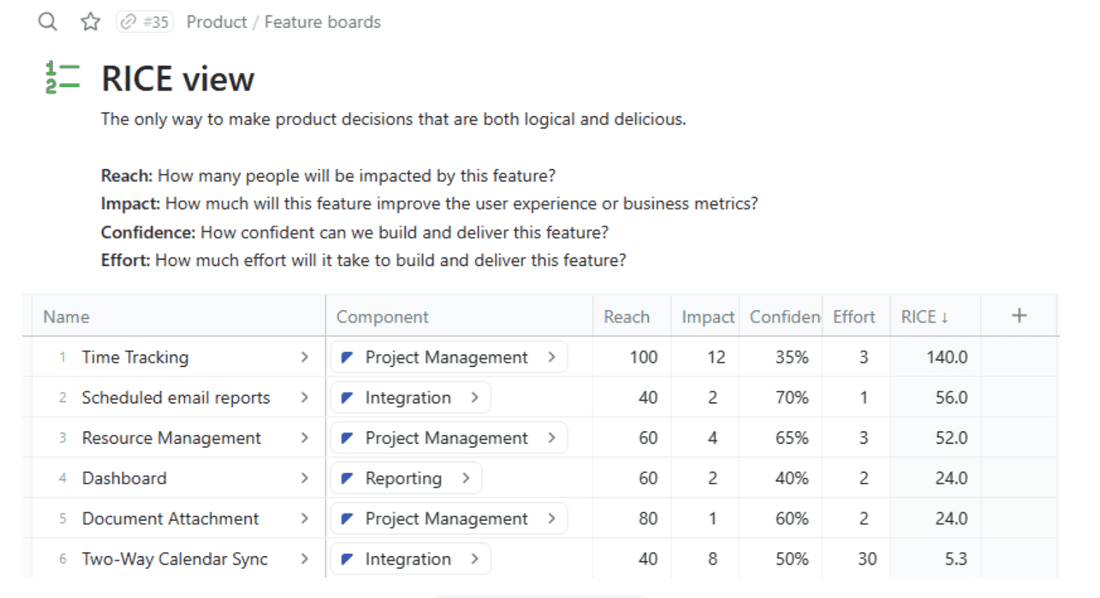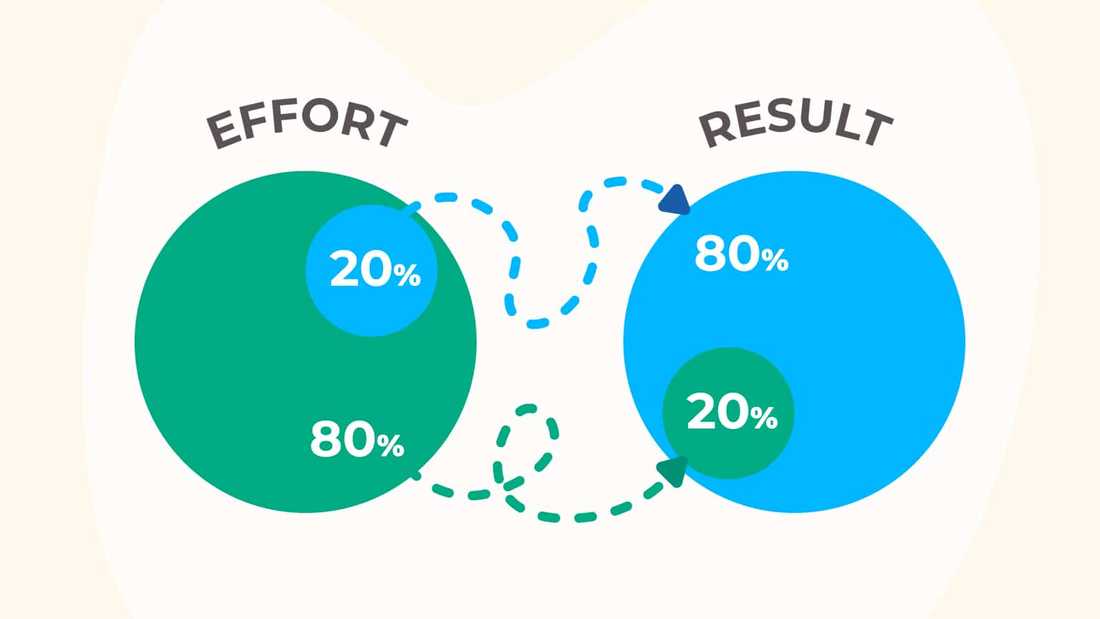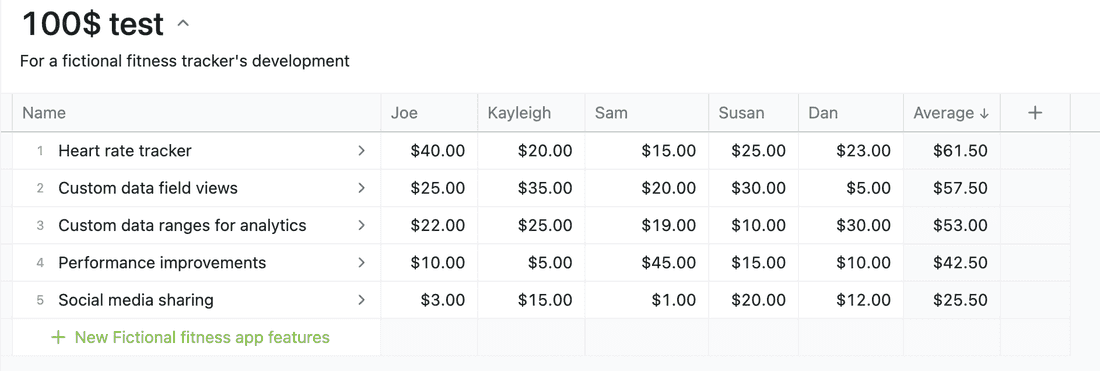7 Prioritization Techniques to Help You Prioritize Better
Time is money, with one significant difference: You can always make more money. The same can’t be said for time, and that’s why we need to do everything we can to make the most of our time. This is where prioritization techniques can help.
But all prioritization methods aren’t made equal. There are horses for courses, so to speak. Some techniques were developed for specific industries or applications. This limits their usefulness outside that environment.
A good example of a technique with a limited specific use case is the Walking Skeleton method, advocated by the father of Agile software development, Dr. Alistair Cockburn. The technique is instrumental for software developers to define a Minimum Viable Product (MVP). It does this by prioritizing features that are critical for the product to work.
In this article, we’ll explore top prioritization techniques. We’ll also provide tools and insights to streamline your team’s workflow. This will improve their efficiency and productivity and help maximize the use of your valuable resources.
What are prioritization techniques?
The simple definition is that these techniques help you make better decisions about the order in which you should tackle things on your to-do list or your backlog. Using a prioritization technique allows you to organize and rank activities or tasks systematically. And that order is based on their level of importance, urgency, or other relevant factors.
And when we set priority levels for our activities or tasks, we’re really just creating a hierarchy for them. Their position in that hierarchy depends on how critical they are and when they are needed. The process also lets us focus our energy, attention, and efforts on one item at a time, yet coming up with a relative value for that one item with respect to other items.
Why you need prioritization techniques
One area where prioritization is especially important is product development. Product managers must decide which features or initiatives to prioritize. And you have to do that based on factors such as customer value, business goals, and the potential impact on users.
You’ll obviously want to prioritize the most important items on your list, but you may have limited resources: people, skills, equipment, or time. So, establishing the best order for tackling things is only the first step.
After that, you can look at the resources needed for each item and when they’ll be available. Only then can you figure out achievable deadlines for each activity or task. That’s how you can be sure that your product teams are focused on the most critical and impactful activities first. And how you can best use their time, energy, and resources.
The top 7 prioritization techniques
Choosing the right prioritization technique for your business is critical. But it’s important to note that circumstances matter, and you may use one technique in one place and another somewhere else. You need to choose the most suitable technique for your goals.
1. MoSCoW
The MoSCoW technique has two steps: categorize and then set priority levels. The categorization comprises four groups: must-haves, should-haves, could-haves, and won’t-haves. The second step involves prioritizing the critical tasks in each of those groups.
But getting back to the categorization, this is what you must consider when you decide where each activity, feature, or task belongs:
- Must-have items are essential for the success of the product or project. There’s no debate (well, there might be, but …).
- Should-have items are also important but not critical to achieving success.
- Could-have items are nice-to-have elements but are also not essential for success.
- Won’t-have items are those that can and should be excluded, and won’t jeopardize success.
Once you’ve sorted your listed features or tasks into those groups, you can set about ranking them from most to least important within the group.
This prioritization technique is flexible enough to work in many environments, both individually and in a business. You can use it to prioritize your workload in the coming week, or your team may use it to identify critical tasks that must be completed first to meet a looming deadline. It’s also very useful as a discussion tool.
Pros
- It’s based on very simple principles that are easy to understand.
- It lets you visualize priorities and sort them into a useful hierarchy.
- It’s useful as a basis for team discussions.
Cons
- The classification and prioritization can be subjective.
- The need for context could make it time-consuming.

2. Eisenhower matrix
This prioritization technique was named after Dwight D. Eisenhower, the 34th President of the United States. He reportedly arranged things so that only important and urgent matters crossed his desk.
The Eisenhower Matrix uses the principle to sift less urgent and important tasks to be delegated or deleted. For that reason, it’s also commonly known as the Urgent-Important Matrix.
Once you’ve categorized tasks or features for urgency and importance, you’ll place them in the appropriate quadrant of the matrix. These are:
- Urgent and important
- Important, but not urgent
- Urgent, but not important
- Neither urgent nor important.
A strength of this method is that it allows you to prioritize abstract tasks. Important activities like strategy development and relationship building can often slip through the cracks because they don’t usually have deadlines.
Pros
- It’s simple to use and easy to understand – but it applies more to tasks than features.
- Changes and revisions are quickly and easily done.
- It offers a useful snapshot of the work that needs to be done.
Cons
- It doesn’t adapt well in fast-paced, changeable environments.
It can be seen as too simple and doesn’t offer a lot of granularity.

3. RICE Method
Where MoSCoW and the Eisenhower Matrix allow subjectivity to loom large in the process, the RICE prioritization technique isn’t as prone to that failing. This is because it uses a quantifiable scoring system.
As the capitalization suggests, RICE is an acronym. It stands for Reach, Impact, Confidence, and Effort. It allows you to set your priorities to consider each element of a business, product, or project you’re working on.
To get a RICE score, you assign numerical values to each of the variables and plug them into a formula: (Reach x Impact x Confidence) / Effort. The tricky part is assigning the values:
- Reach is the number of people to be impacted in a defined period. For example, five people per day impacted in 30 days equals 150.
- Impact calculates the effect on your customers. Based on surveying the users, you’d assign values to responses: 0.25 = minimal, 0.5 = low, 1 = medium, 2 = high, 3 = massive.
- Confidence represents your certainty of the Reach and Impact scores. The scale often used is: 100% = high, 80% = medium, 50% = low, 20% = moonshot.
- Effort is how long delivery will take, measured in person-months or person-weeks.
Pros
- The prioritization is based on quantifiable data.
- It encourages realism about what can be achieved in a defined time frame.
- It delivers SMART (specific, measurable, attainable, relevant, and timely) goals.
Cons
- Collecting data can be time-consuming and of course the data must exist.
- A RICE score doesn’t account for dependencies.

4. Kano
This Agile prioritization model is mostly used by product managers. It takes the MoSCoW technique a step further, fine-tuning the categories, adding a fifth, and focusing on customers. The Kano model helps you understand customer preferences and the perceived value of your product’s features. It also enables you to refine your product roadmap.
With the Kano model, you collect data via surveys and then categorize the features into one of five groups:
- Must-have: If you don’t have that feature, your customer will be very unhappy because it’s expected and could be taken for granted.
- One-dimensional: The features customers will use to compare you to your competition. These features register high on the customer satisfaction index.
- Reverse: The other side of the one-dimensional coin, these features annoy customers and score high on the dissatisfaction index.
- Attractive: These are features your customers don’t expect but would be happy to find in your product.
- Indifferent: The features your customers don’t care about and won’t affect acceptance of your product either way.
Pros
- It helps you focus on what matters most to your customers.
- It allows you to differentiate yourself from your competitors better.
- It gives you the agility to adapt to changing customer preferences over time.
Cons
- It depends on lots of customer research and analysis.
- It doesn’t measure the cost of implementing features.

5. Pareto principle
This technique is more commonly known as the 80/20 rule and was first described by Vilfredo Pareto, an Italian economist and sociologist. He observed in his lifetime that 80% of Italy’s wealth belonged to only 20% of the population, and he extrapolated from there.
His basic principle holds that most things in life aren’t distributed evenly and that prioritizing a small percentage (not necessarily 20%) of the right tasks can deliver outsized results. As you can imagine, the principle has a comprehensive application.
From a product management perspective, we need to understand that the principle is fractal. In other words, applying the 80/20 rule to the results reveals that 64% of those results come from 4% of efforts. One level down, less than 1% of your effort produces 51% of results.
It’s that 51% of product managers must find while discarding or outsourcing the elements that take effort but don’t produce results. In this way, you can benefit from small changes that lead to major results.
Pros
- It helps you determine the most effective use of your time.
- Enables you to allocate resources where they’ll return the most value.
- Improves decision-making by highlighting changes with the greatest impact.
Cons
- The lack of context may increase the risk of oversimplification.
- It highlights challenges without considering the underlying causes.

6. Value vs. effort
The chief benefit of this prioritization technique is the visual nature of the resulting matrix of tasks or features. It helps you evaluate each task or feature based on a grid that plots their perceived value against the effort required to complete them.
And, if you assign scores to your determinations, they’ll automatically fall into the quadrant of the matrix your assessment suggests. Let’s first look at the two terms:
- The value measures how the feature or task can benefit your product or business.
- The effort estimates the resources needed to complete the task or develop the feature.
If we keep it simple and rank each of these as low, medium, or high, assigning 1, 2, or 3 points to each categorization, we get a score for each feature or task. Plotting that score on the matrix will fall into one of the four quadrants: Quick Wins, Big Bets, Maybes, and Time Sinks.
Pros
- The matrix is easily customizable to almost any application.
- No time-consuming calculations are needed.
- Prioritization happens automatically when you plot the scores.
Cons
- The results can be very subjective.
- Doesn’t work well for complicated products or tasks.

7. 100 dollar test
This prioritization technique is best suited to use in a group setting, virtual or in-person. It involves each group member allocating dollars (or points) to indicate the relative importance of each task or feature to them.
The way it works is that each member of the team or group is given $100 of virtual money and a list of tasks or features. Each person splits their $100 across every item on the list, with the highest amount going to what they see as the most valuable feature or task.
By adding all the allocations together, the team leader should get a clear idea of the order in which the team thinks items should be prioritized.
Pros
- Can be used along with other prioritization techniques.
- Great for maximizing the value of team meetings.
- It’s a very simple and easily understandable idea.
Cons
- Allocations can often lead to lengthy discussions.
- Very susceptible to the HiPPO effect (Highest Paid Person’s Opinion)

Which prioritization method should you use?
It all comes down to what it is you want to prioritize. A project? The development of a new product? A new software offering? The prioritization technique you or your product owner choose should be appropriate for the business goals you’re trying to achieve by using it.
For example, if you’re developing or enhancing a product focused on your customers, you’d want to use a technique that involves getting their input. In these more mature stages of product development, most of the 2x2 matrix models, like Eisenhower and effort vs. value, will help you to identify and develop new features.
But if you’re implementing a new IT system, the prioritization model you choose may want features that provide the most impact quickly, the ones that deliver your minimum viable product (MVP). The MoSCoW technique is particularly useful for MVPs, especially if you focus on the must-haves.
Or, if you’re designing a brand-new product, your product team might want to use a combination of approaches. The easiest way to determine the best techniques is to start with your goals. Then, you look at how each technique would help you deliver on those objectives.
The PM’s hot take
This is probably not the last time we say this, but there’s no silver bullet when it comes to prioritization techniques. Know your product, your challenge, the circumstances, and pick your technique wisely, not haphazardly.
Getting your ducks in a row
Although prioritization techniques are primarily used in business and project environments, they have applications well beyond that. In our fast-paced, constantly-on world, we can also use these techniques to manage competing priorities from our family and friends. (Imagine the excitement of discussing RICE around the dinner table).
Whatever products you’re developing, the best part is that these models help you take emotion out of the equation. Sign up for a free Fibery trial and use one of the product management templates.
Psst... Wanna try Fibery? 👀
Infinitely flexible product discovery & development platform.